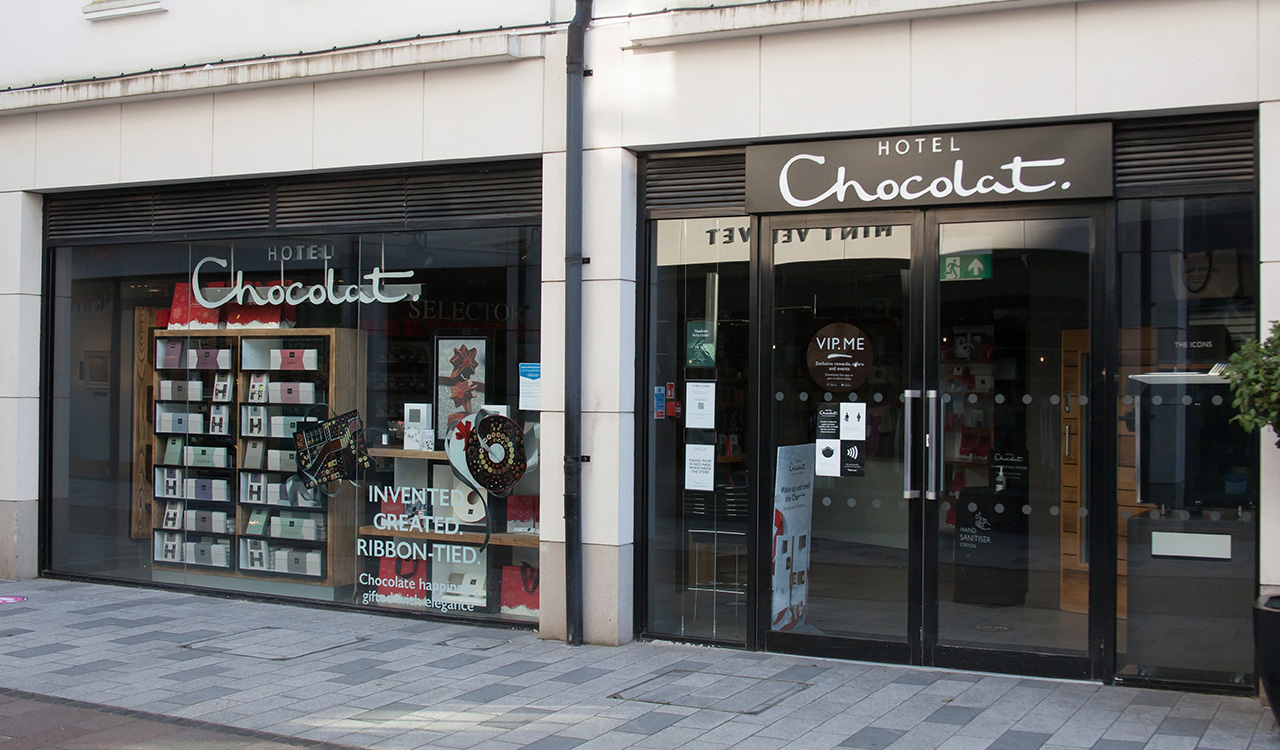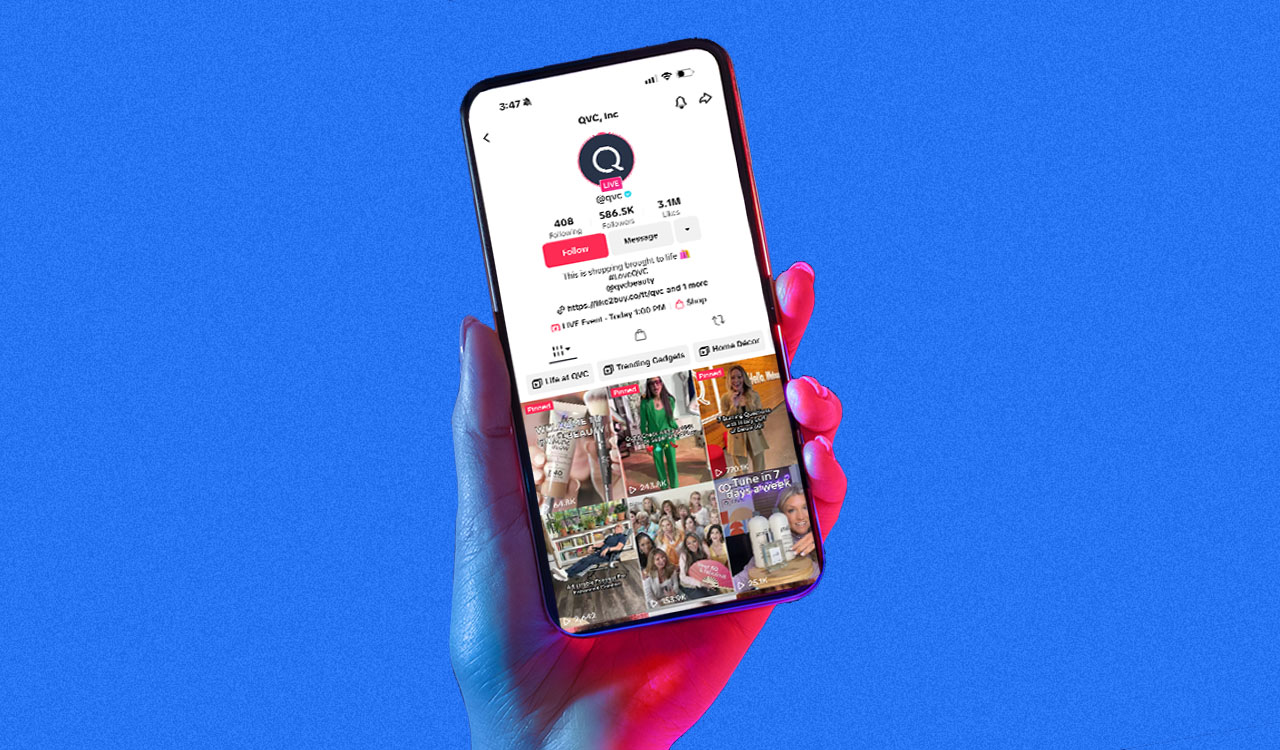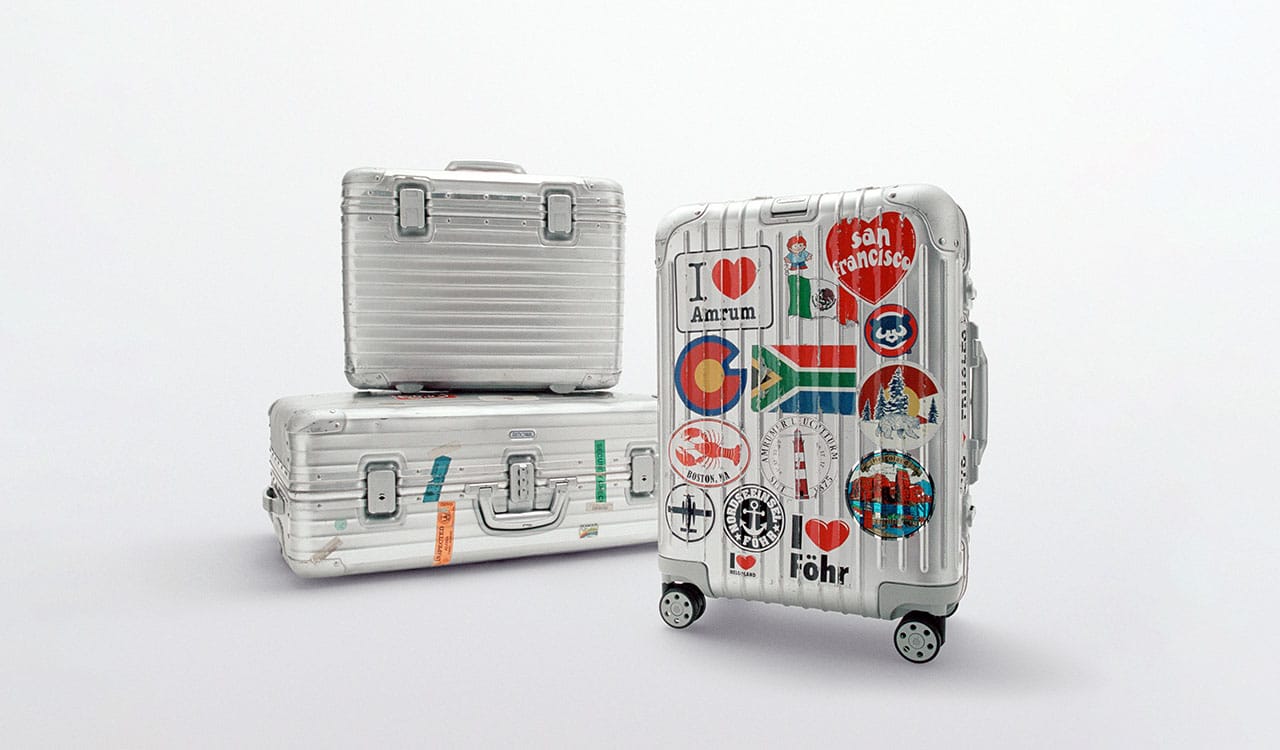By now we all know the adage, “If all you have is a hammer, everything looks a nail.” Our familiarity with the saying does not negate its relevance in a world riven by inflation, supply chain woes, employee demands and the looming specter of recession. Yet, it appears that those of us in the packaged goods industry have been consigned to the hammer brigade.
Hammering the Message
Just witness the edicts emanating from Cincinnati and beyond: “We must…” what? What do you imagine the CEO of the company which makes absolutely every product we use daily is thinking? “We must sharpen our marketing message” is the mandate, according to Bloomberg news. The hammer of marketing descends. Team meetings are scheduled. Copy revised. Rough-cut commercials re-edited. Billable hours rise. Media budgets expand. Publicity and social media agencies focus, focus, focus. Voila. Marketing messages are sharpened and pounded into consumer submission. Say it often enough and loud enough and enough people will believe it.
What if the consumer starts to think about each purchase decision? What if price increases suddenly move one-time staples from the world of habitual routine into the teeter-totter of real value. What if it becomes a constrained choice? Do I need these so-called necessities, or would I rather take the kids to the movies?
But what is the message? Something along these lines: Yes, our prices are inching higher and higher for the same toothpaste, mouthwash, dishwashing liquids and laundry detergents we’ve encouraged you to rely upon for generations. It’s not us. Read the headlines. Watch the news. We’re victims too. But we’re still a great value. Our competitors’ prices are climbing too. Stick with us … while we stick it to you.
Open to Debate
Even to the casual observer it must seem odd. Our vaunted consumer economy under duress is simply another nail to be pounded and pummeled with more “buy this, not that” messaging.
But what if we don’t believe them? What if we notice that while brands may be “forced” to raise prices and we watch as retailers are “forced” to raise those prices even more, somehow none of those leaders is “forced” to lower profit expectations. Quarterly dividends, indeed, are “forced’ to remain sacrosanct. Ditto the bonuses of corporate executives who are deemed successful pilots, able to navigate the tricky shoals of our economic present.
CPG Under Duress
It is safe to say few day traders are closely following the hour-by-hour movements of P&G, Colgate, and Unilever stocks. The traders know these old-world blue-chip companies whose share price may vacillate are nonetheless held in the portfolios of those following conservative investment strategies, such as pension funds, mutual funds, and trusts. The “grow shareholder value” at all costs is the day-to-day concern of the CPG executive suite which is under pressure to do something. So, why is the focus on the marketing message? What else might they do?
Let’s imagine a different lever being pulled, a different tool pulled from the belt. Not a hammer, but a level. What if right now instead of raising prices on their battered consumer base they really lead and take a profit hit. And what if that hit dinged their XYZ-consecutive quarters of earnings growth for a couple of quarters? Would shareholders go into sell-off overdrive? No. Let’s give them more credit for the longer-term view. In that scenario, what if the company decides to put the consumer’s welfare first? What a novel thought.
A Purpose-Driven Economy
We want a free market economy with as few regulations as possible. So, no return to the Nixon-era wage and price controls. No Whip-Inflation-Now (WIN) buttons distributed the way his designated survivor Gerald Ford did. We’ve learned the lessons of that history and know those tools don’t work.
We want to preserve the illusion that our businesses and careers are spent in the service of making the daily lives better for the many. We just don’t want to sacrifice profit margin and stock price growth for the few. Thus, if something must give, it is the consumer. The loyal consumer for whom “nothing other than Tide smells like clean” pays the price. The average consumer is indeed then “forced” to give up some nice-to-have elements of their lives to afford those basic things they’ve thought to as necessities; whiter-whites, brighter smiles, fresher breath, gleaming crystal.
But wait! What if in reviewing my shopping list and being pummeled by the body blows of its daily escalating costs, I begin to wonder at the message that has been hammered into me about the wisdom of mouth-freshening toothpaste and mouthwash? Of laundry pods, softeners, and dryer sheets? Of bathroom cleaning liquids and scrubbing powders? What if the consumer— the people, the families who purchase and rely on these brands—starts to think about each purchase decision? What if pass-along-not-our-fault price increases suddenly move these one-time staples from the world of habitual routine into the teeter-totter of real value. What if it becomes a constrained choice? Do I need these so-called necessities, or would I rather take the kids to the movies? What if the CPG industry mindlessly prices itself into the world of luxury goods? Wither stock price then?
Reevaluating Value
Retailers who rely on consumers’ everyday addiction to germ-annihilating fastidiousness and pass along the uptick in prices to them may be on the frontline in the value conundrum. The existential questions are what is value to my customer vs value to the street vs value to the shopper experience vs value to my staff? Demand for the nice-to-have erodes when cost pressure on necessities creates price loyalty, versus brand loyalty. And this pressure is exacerbated by a workforce that demands better wages and benefits, or they walk. The squeeze at retail is more of a vice grip, really. The trusty hammer is of no use, the nails won’t cooperate.
Something’s got to give. My vote is the next two quarters of earnings growth. Roll back the prices. Bring back that chainsaw wielding happy face. Relieve the immediate pricing pressure and demonstrate brand loyalty is a two-way street. Not because the President of the United States writes you a letter asking you to do it. Not to be disingenuous because you craft consumer messaging to a laser pin dot of self-congratulation. Not because your retail partners demand it or because your competitors are slouching toward the same realization.
Do it because it’s the right thing to do. Do it because it’s right for your consumers and it’s therefore right for the long-term health of your business. Do it because you can.





